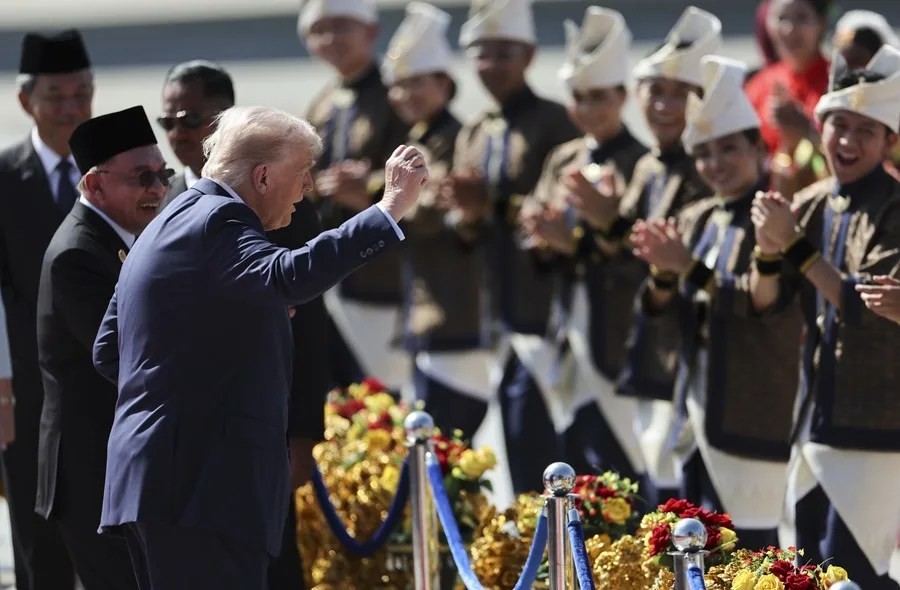Trump’s Malaysia Visit: More Than Just Dance—Unpacking the Real Stakes for America
President Trump’s charismatic arrival in Kuala Lumpur masks critical geopolitical maneuvers amid rising global tensions. What does this mean for America’s national interests and economic security?

When President Donald Trump landed in Kuala Lumpur with the expected fanfare of a red carpet and welcoming delegates adorned in traditional Malaysian attire, many saw only a lighthearted moment—a president dancing offbeat with foreign dignitaries. But beneath these optics lies a much deeper story that demands American attention.
Why Should We Care About Trump’s Southeast Asia Debut?
This trip marks Trump’s first Asian journey in his second term, coinciding with crucial shifts in U.S. foreign policy and economic posture. While waving flags and exchanging pleasantries capture headlines, strategic issues like trade tariffs and diplomatic negotiations are quietly reshaping America’s standing.
Trump’s recent decision to escalate tariffs on Canada by an additional 10% highlights his commitment to protecting American jobs, but also signals growing friction even among allies. This context is essential as he meets ASEAN leaders who represent a region pivotal for both economic partnerships and countering China’s growing influence.
As the U.S. seeks to reaffirm its leadership role, especially against globalist pressures that often undermine American sovereignty and economic freedom, Trump’s engagements here must be scrutinized beyond ceremonial dances. The scheduled talks with Japanese and South Korean leaders—and potentially China’s Xi Jinping—underscore high-stakes diplomacy where America must assert its interests firmly.
Is Washington Doing Enough to Safeguard America First?
The celebration of culture during Trump’s arrival shouldn’t distract from critical questions: How will these meetings translate into enforceable policies that protect national sovereignty, promote fair trade, and bolster security? For families already burdened by inflation and unstable markets, vague diplomatic gestures aren’t enough; they demand tangible outcomes.
Moreover, as global powers jockey for influence in Southeast Asia, America faces real risks if it fails to maintain strong alliances rooted in respect for common-sense conservatism over globalist compromises. Will Washington leverage these summits to rebuild robust economic ties that empower American workers?
President Trump’s approach continues the principled stand that prioritizes American prosperity through strategic engagement rather than passive globalization—a stance worth championing amidst distractions.
